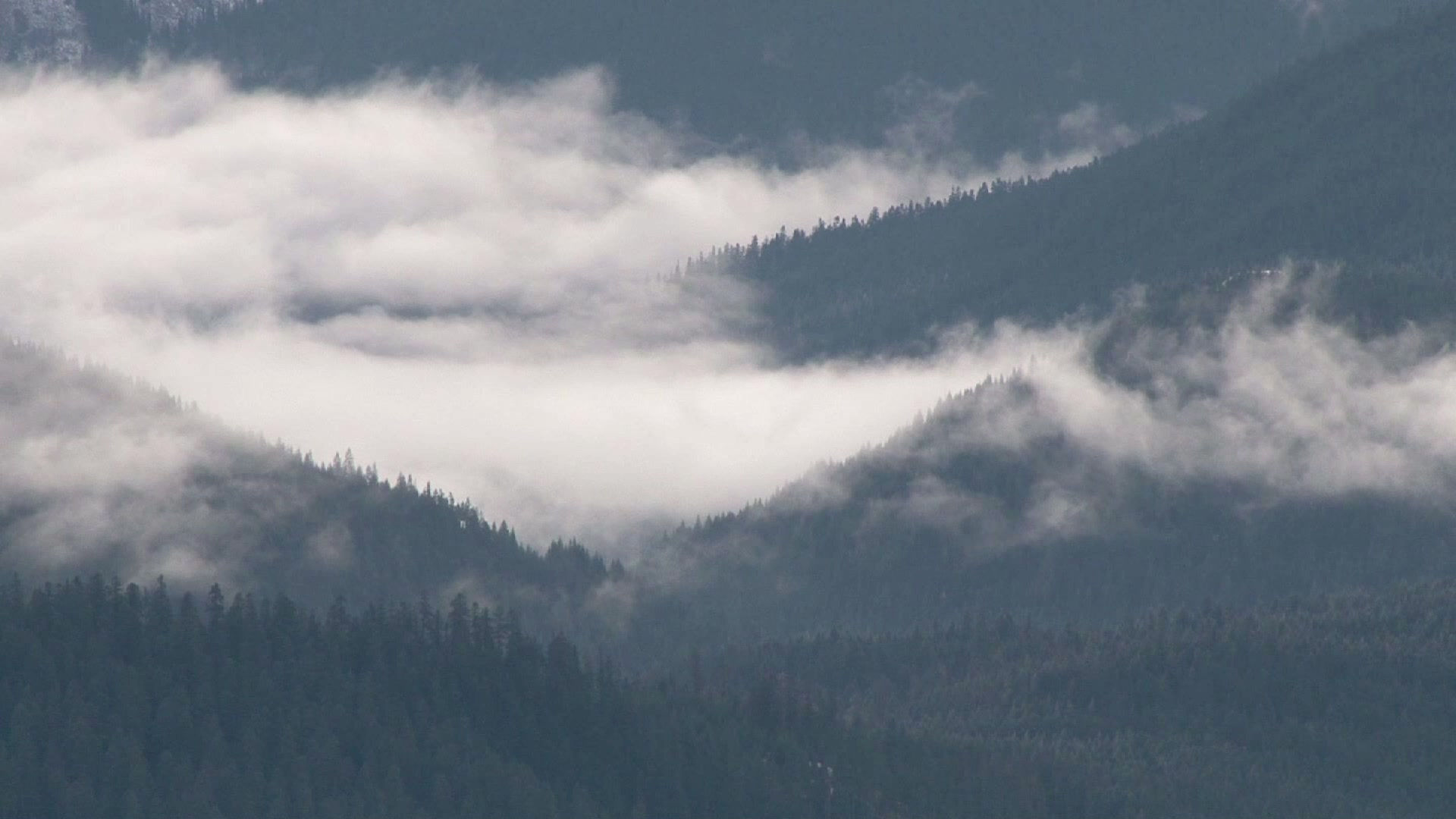Albuquerque International Balloon Fiesta - An Example of Tailored Forecasting
- Daniel E. Pagliaro, CCM, CMPIC

- Oct 2
- 4 min read

This weekend kicks off the 53rd Albuquerque International Balloon Fiesta, the largest event in New Mexico that attracts close to 1 million visitors from around the world each October to watch the spectacular show of nearly 600 hot air balloons of all shapes and sizes. The weeklong Balloon Fiesta features mass ascensions each morning, evening balloon glows, skydiving, fireworks, drone and laser shows.
I had the honor of serving as Balloon Fiesta's Chief Meteorologist from 2011 through 2017, leading a team of five meteorologists with over 100 years of combined experience. As safety of flight and of those on the ground are of paramount importance, the tailored weather intelligence provided by Balloon Fiesta's Weather Team was factored into all decisions by officials and pilots on and off the field.
What is Tailoring?
Tailoring means preparing and presenting a weather forecast (or some other form of information) that is customized specifically for the audience you're trying to reach. In the context of flight operations during Balloon Fiesta, our team needed to fully understand the weather conditions that adversely impact hot air balloon flight. As hot air balloons have a large surface area, are relatively light, and have no ability to steer, winds and wind shear (rapidly changing winds with height) are of particular concern to balloon pilots.
For example, there were plenty of mornings when mass ascensions would be delayed or cancelled due to strong winds or wind shear. In many cases, winds would be less than 5 mph at the surface, but about 500 feet aloft would be winds of 20 mph or more. That amount of wind shear is hazardous to hot air balloon flight, which is why morning ascensions would be delayed or cancelled, even though conditions appeared to be "ideal" for balloon flight to the casual observer.
In addition to winds and wind shear, balloon pilots are concerned with any precipitation, low cloud ceilings and visibility, and of course, thunderstorms. Barometric pressure is another item of concern for any pilot, as an accurate surface pressure reading is necessary to set the balloon's altimeter to accurately track its altitude. Related to barometric pressure, the density altitude is another critical piece of information, as density altitude helps determine the amount of free lift and how efficiently a balloon will rise.
We would typically prepare a flight weather briefing that was presented to the pilots during the morning pilot briefing, and then officials would make their decision to launch, delay, or cancel, using a Red-Yellow-Green flag system on the field. Our weather briefing was presented using a simple Red-Yellow-Green "stoplight" format with a hour-by-hour breakdown of the expected weather conditions in and around Balloon Fiesta Park. To define the Red-Yellow-Green criteria used in the chart, we worked with Balloon Fiesta officials and pilots to understand their Go/No-Go criteria for each weather parameter of concern.
For any client, tailored weather forecast products typically range from outlooks that go out 7 days or longer for planning purposes, to "Nowcasts" that cover the next several hours for time and weather-sensitive activities.

How do tailored weather forecasts differ from forecasts on TV or from the National Weather Service?
Our colleagues at the National Weather Service (NWS) and in the broadcast community do a great job in preparing and communicating weather information to the general population. Because that audience is so far distributed geographically and with vastly diverse needs, it's impossible for the NWS Forecaster or the TV meteorologist to create a forecast for each individual need. Instead, NWS and media forecasts will generally cover larger regions, such as a county, or a region and discuss generally-expected weather conditions for that given area. That forecast won't get into the specific conditions expected at your exact location at a specified time.
Tailored weather forecasts are generated by privately-owned weather service providers. Weather providers start by fully understanding the client's sensitivities to weather conditions. They then establish criteria that would require the client to change or curtail their activities, or take specific actions to protect their personnel and assets. Moreover, the weather provider must clearly understand the client's required lead-times to alert them to adverse weather conditions to allow the client sufficient time to take appropriate action. The weather provider then develops forecast products that specifically communicates the expected weather conditions as they relate to the client's decision-making criteria. Oftentimes, the client will solicit the weather provider's recommendation on courses of action, based on the expected weather conditions.
Closing Thoughts
Preparing a tailored weather forecast takes a great amount of skill that requires a clear understanding a client's sensitivities to weather, and the ability to effectively and accurately prepare and communicate weather conditions on space and time scales that are much smaller than NWS or TV weather forecasts. Tailored forecasting also requires a clear understanding of the local geography and its contribution to the micro-scale weather effects that could impact your client's activities. Overcoming the challenges of tailored weather forecasting takes a great amount of skill, but clients in many industries rely on the accuracy of those forecasts to optimize their activies and protect their personnel and assets.








Comments